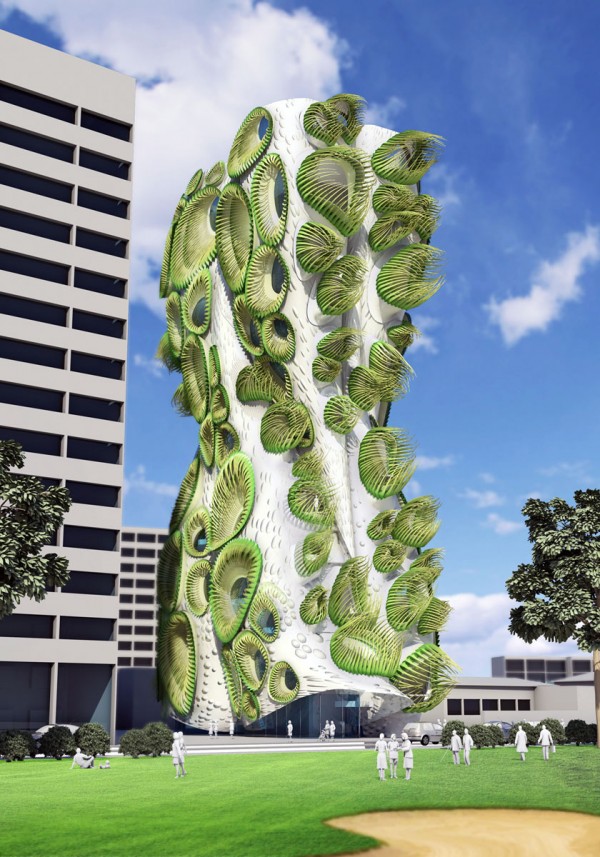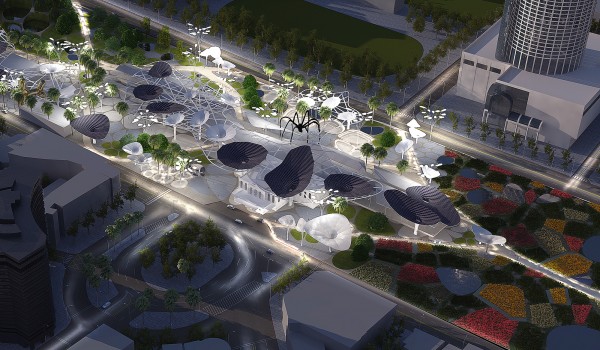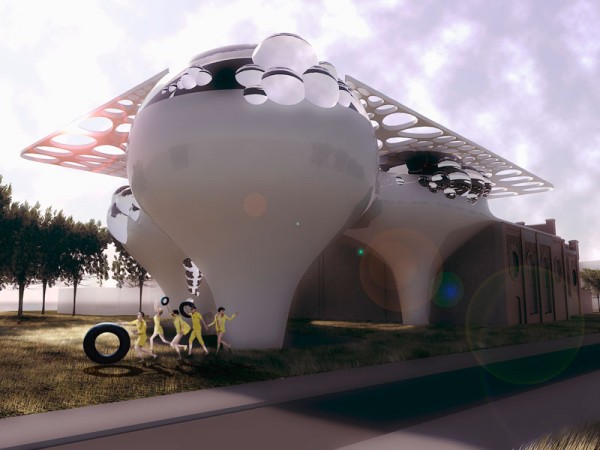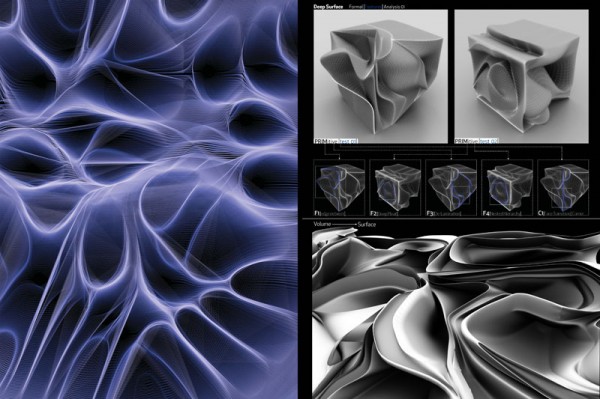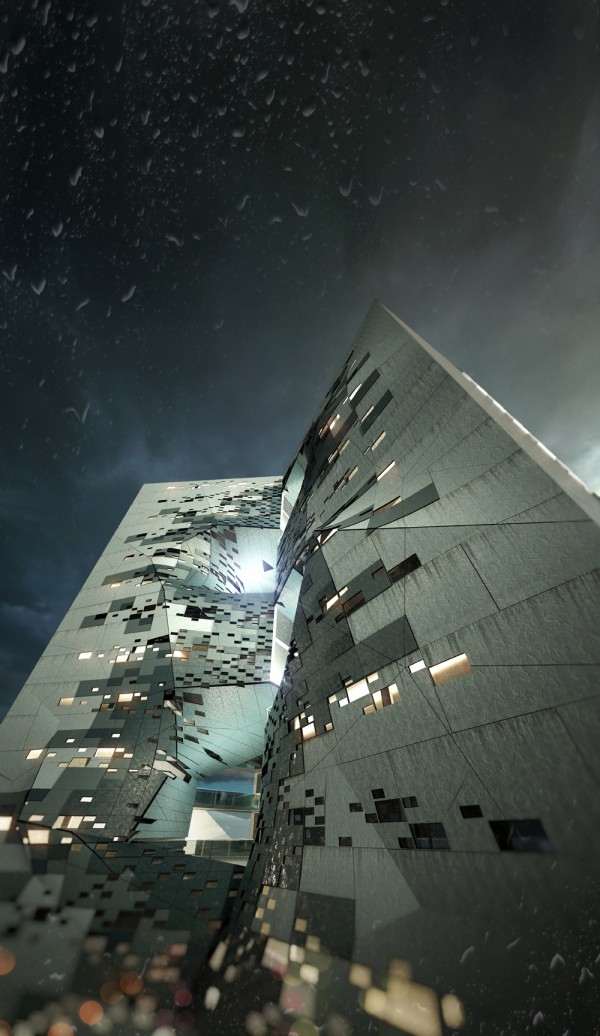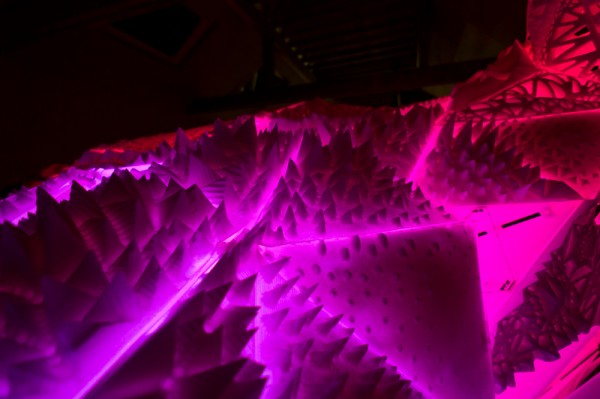Re-imagining the Contemporary Museum, Exhibition & Performance Space
Carlo Aiello
Digital copy
192 pages
Title: eVolo_04: Re-imagining the Contemporary Museum, Exhibition & Performance Space
Cover: Perfect Bound
Size: 9″ x 11.5″
Pages: 192
ISSN: 1946-634x
ISBN: 978-1938740039
INTRODUCTION
The architecture for performance and exhibition, being museums, galleries, music halls, pavilions, etc., has been in the leading edge of architectural innovation throughout the history and evolution of the discipline. Architects and designers experiment on new aesthetics, concepts, and ideas with projects that tend to have a flexible program and a large budget. In many cases, the main requirement of such structures is not only to accommodate a specific program but also to inspire the imagination of its users and challenge the current state of architectural design. Some examples, such as the Guggenheim Museum Bilbao by Frank Gehry or the Sydney Opera House by Jørn Utzon are considered design masterpieces of the 20th Century. Gehry’s Museum transformed the city of Bilbao from a small industrial Spanish city into a world destination, while Utzon’s Opera House become the symbol of Sydney and Australia.
This issue of eVolo studies the most innovative examples of performance and exhibition architecture today. These are projects that revolutionize architecture on many levels, including sustainability, aesthetics, technology, and urban design. It is interesting to point out that these works are not concentrated in one specific region, but are located in every corner of the globe; from MVRDV’s Comic and Animation Museum in China, to the new Broad Museum in Los Angeles by Diller Scofidio + Renfro, or Kengo Kuma’s Victoria and Albert Museum in Dundee, Scotland. Read the rest of this entry »


